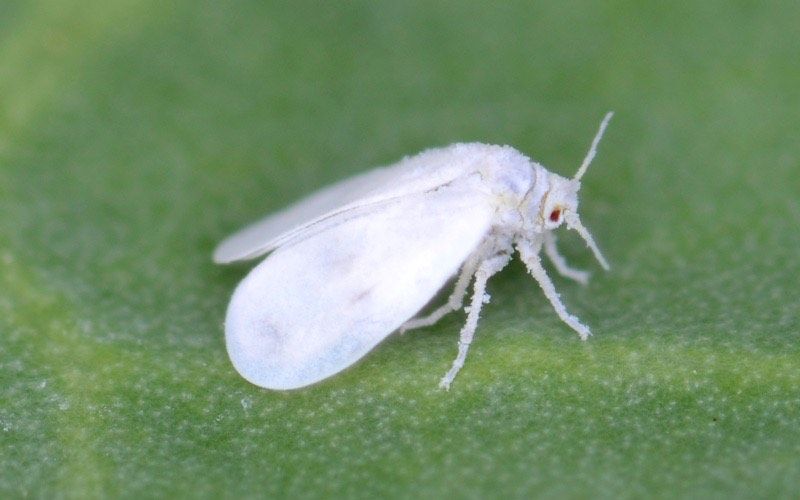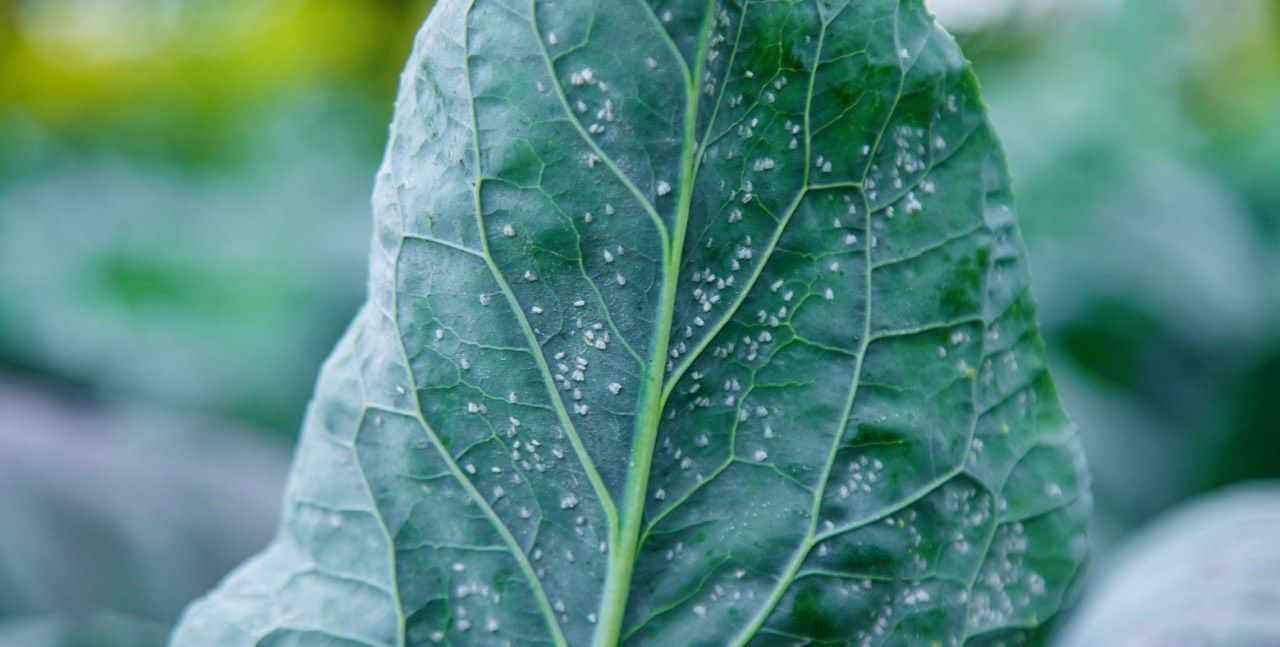At Faraja Pest, we're committed to protecting your comfort and peace of mind by expertly handling bed bug issues.

Whiteflies
Whiteflies are tiny, winged insects that feed on the undersides of plant leaves, causing wilting, yellowing, and stunted growth. They excrete a sticky substance known as honeydew, which encourages the growth of sooty mold and attracts other pests. Their rapid reproduction rates can lead to large infestations, particularly in warm climates.
Warning
Whiteflies can transmit several plant viruses, compounding the damage they cause to agricultural and garden plants.
Whiteflies are especially problematic in greenhouses and gardens, where they attack a wide range of plants, including vegetables, ornamentals, and houseplants. They thrive in warm conditions and can quickly overwhelm plants if not controlled.
How to Identify the Pest: Signs of whiteflies include:
- Visible Clusters: Whiteflies tend to cluster on the undersides of leaves, visible as tiny white specks.
- Honeydew and Sooty Mold: Sticky residue on leaves and black sooty mold growth as a result of their feeding.
- Plant Damage: Yellowing leaves, wilting, and stunted growth in heavily infested plants.
Early detection is crucial to prevent extensive damage and the spread of infestations.

Controlling whiteflies involves a combination of cultural, biological, and chemical strategies to reduce their populations and prevent damage.
- Biological Control: Using natural predators like ladybugs and lacewing larvae to reduce whitefly populations.
- Insecticidal Soaps and Oils: Applying insecticidal soaps or horticultural oils that suffocate whiteflies without harming plants.
- Systemic Insecticides: Using systemic insecticides for severe infestations, which are absorbed by the plant and poison the whiteflies when they feed.
FarajaPest employs a comprehensive approach to whitefly control, ensuring the health of your plants and minimizing the impact of these pests.
Effective whitefly prevention involves:
- Monitoring: Regularly inspecting plants for early signs of whitefly activity, especially under the leaves.
- Sanitation: Removing infested leaves and plants to prevent the spread of whiteflies to healthy areas.
- Cultural Practices: Using reflective mulches to repel whiteflies and choosing plant varieties that are less attractive to them.
By implementing these strategies, you can greatly reduce the likelihood of a whitefly infestation.